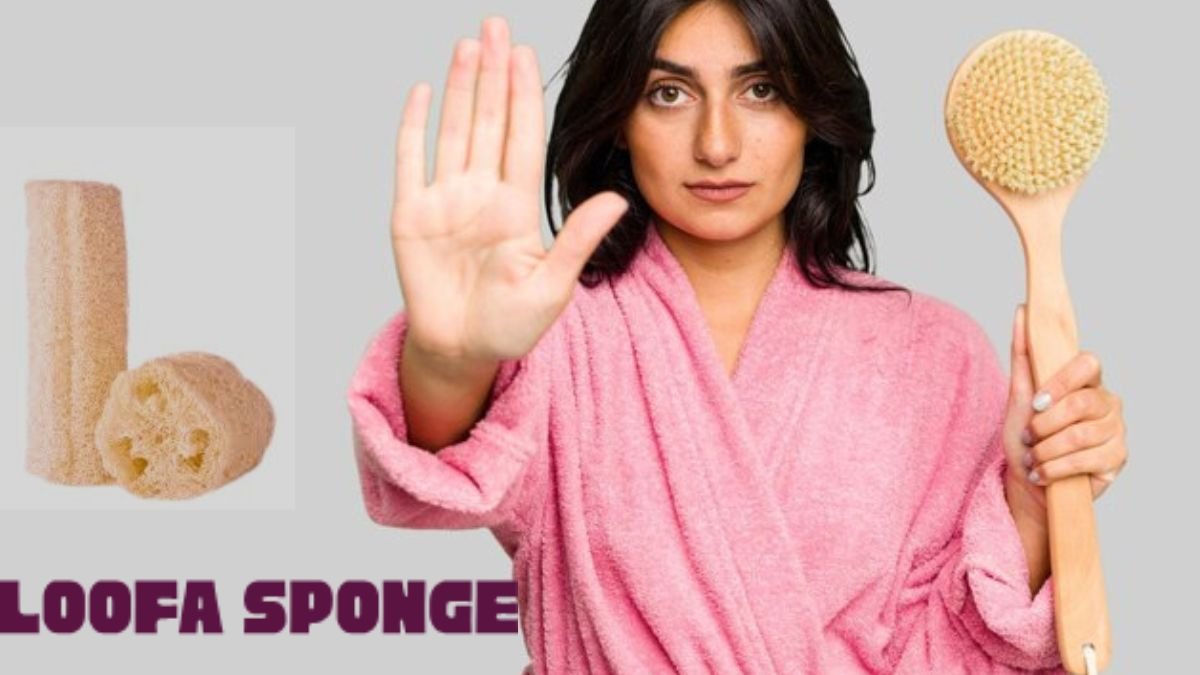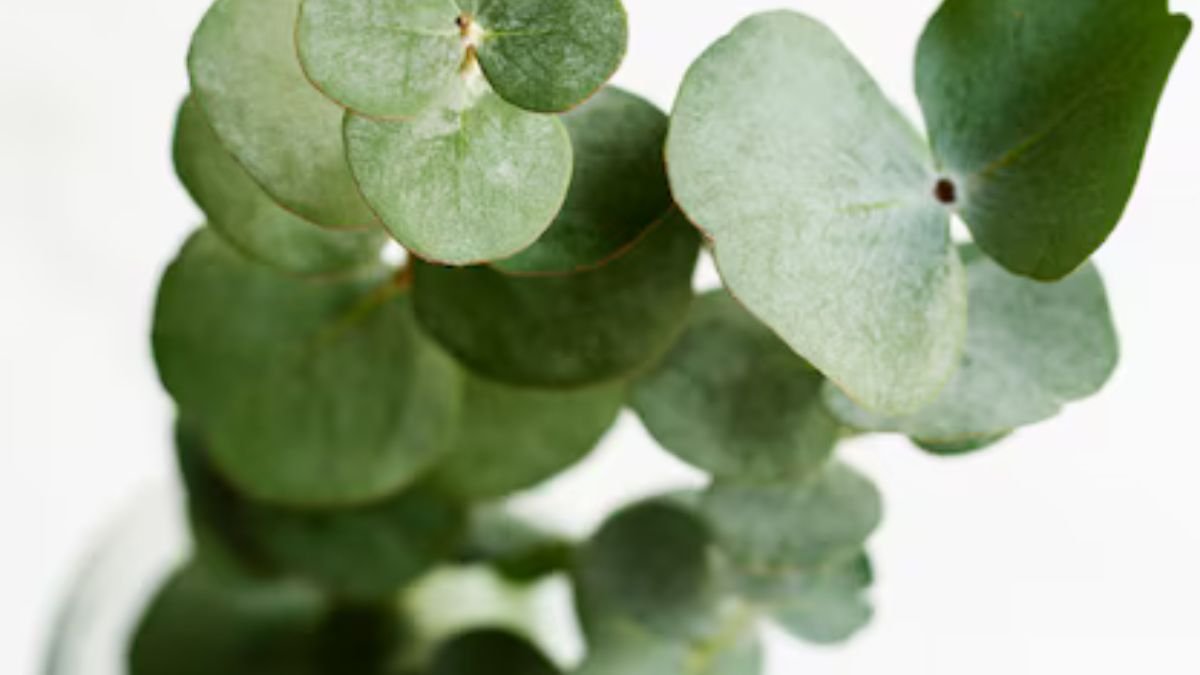Loofas are versatile, natural sponges known for their exfoliating properties and their place in our daily skincare routines. Despite their wide usage, there’s a lot to know about loofas, from how they’re grown to the question of whether they’re allowed on planes. In this article, we’ll cover all aspects of loofas, including loofa sponges, loofa seeds, and even the travel regulations surrounding bath loofas.
What is a Loofa?
A loofa, often spelled as “loofah,” is a natural sponge that comes from the fibrous interior of the loofah gourd. When the plant matures, it is dried and peeled to reveal the sponge-like fibers that we use for bathing and cleaning. These sponges have been used for centuries due to their ability to exfoliate the skin, improve circulation, and aid in the removal of dead skin cells.
How Loofas are Grown
Loofas are not sea sponges, contrary to popular belief. They come from a plant in the cucumber family known as Luffa aegyptiaca. The plant grows in warm climates and produces long, gourd-like fruits. Once the fruit matures, it is harvested, dried, and its outer skin is removed to reveal the fibrous structure inside that we recognize as the loofa sponge.
Benefits of Using a Loofa
Loofas are known for their many skincare benefits, especially for people seeking smooth, glowing skin. When used regularly, loofas help in exfoliating dead skin, unclogging pores, and promoting blood flow. Their coarse texture provides a thorough cleanse, helping to rejuvenate the skin by removing built-up grime and dead cells. Additionally, using a loofa helps reduce the occurrence of ingrown hairs, especially after shaving.
Different Types of Loofas
While natural loofas are plant-based, there are also synthetic versions available in the market. Here’s a quick breakdown of the different types of loofas:
- Natural Loofa: Derived from the loofa plant, this type is biodegradable, eco-friendly, and completely natural. It’s ideal for people looking for organic and sustainable bath products.
- Synthetic Loofa: Made from plastic or other synthetic materials, these are more durable and sometimes softer than natural loofas. They come in various shapes and colors, but they aren’t biodegradable like their natural counterparts.
How to Properly Use a Loofa
To get the best results from your loofa, wet it thoroughly before applying body wash or soap. Use gentle, circular motions on your skin to exfoliate and cleanse. Be careful not to scrub too hard, as excessive exfoliation can lead to skin irritation. After use, make sure to rinse your loofa thoroughly and hang it in a well-ventilated area to dry completely. This helps prevent the growth of bacteria and mildew.
Are Loofas Allowed on Planes?
Travelers often wonder if they can bring their favorite bath products, including loofas, on planes. The good news is that loofas are generally allowed in both carry-on and checked luggage. Since they aren’t considered liquids or sharp objects, they won’t be a problem at security checkpoints. However, it’s a good idea to store them in a resealable bag to keep them clean during your journey.
When packing, it’s also important to consider how your loofa will dry out during travel. Packing a wet loofa in your luggage can lead to mold or an unpleasant odor. To avoid this, ensure your loofa is fully dry before packing, or bring a smaller, more compact version specifically for travel.
How to Care for Your Loofa
Loofas can harbor bacteria if they aren’t properly cleaned and maintained. After each use, rinse the loofa thoroughly and allow it to dry in a well-ventilated area. Once a week, it’s recommended to soak the loofa in a mixture of water and vinegar or place it in the microwave for about 20 seconds to disinfect it. Depending on how often you use your loofa, it should be replaced every 3 to 4 weeks to ensure optimal hygiene.
Loofa Seeds: How to Grow Your Own Loofa Sponge

Growing your own loofa sponge can be a rewarding experience, especially for those who enjoy gardening. Loofa seeds are relatively easy to cultivate in warm climates. Start by planting the seeds in well-drained soil after the last frost. The loofa vine can grow up to 30 feet long, so ensure that it has plenty of space or a trellis to climb. Once the fruit matures, allow it to dry on the vine before harvesting and peeling the outer skin. Inside, you’ll find the familiar fibrous structure that can be used as a sponge.
Can You Use a Loofa on Your Face?
While loofas are excellent for body exfoliation, they may be too harsh for the delicate skin on your face. Facial skin is thinner and more sensitive, so using a loofa could cause irritation or micro-tears. Instead, opt for a gentler exfoliating tool or a mild scrub specifically designed for the face.
Natural vs. Synthetic Loofas: Which is Better?
The choice between natural and synthetic loofas comes down to personal preference. Natural loofas are biodegradable and environmentally friendly, making them ideal for eco-conscious consumers. On the other hand, synthetic loofas tend to last longer and come in a variety of designs, making them more convenient for some users. However, natural loofas are often preferred by those with sensitive skin or those trying to reduce their plastic consumption.
Common Mistakes People Make with Loofas
One of the most common mistakes people make with loofas is using them for too long without replacing them. Over time, loofas can become a breeding ground for bacteria, which can lead to skin infections. It’s essential to replace your loofa regularly, ideally every three to four weeks. Another mistake is using the loofa too aggressively, which can lead to skin irritation and micro-tears.
Loofa Myths Debunked
There are several myths surrounding loofas. One common misconception is that loofas are sea sponges when, in fact, they come from a plant. Another myth is that loofas can be used indefinitely. As mentioned earlier, they must be replaced regularly to maintain hygiene.
George Loofe Obituary and Other Common Misunderstandings
If you’ve come across the name George Loofe in your research on loofas, you may have been confused by the association. George Loofe is not related to the loofa plant or sponges in any way. The name simply appears as an unrelated individual, often linked with obituaries or other unrelated subjects. It’s easy to make this connection due to the similarity in spelling, but George Loofe has no ties to the bath loofa you’re familiar with.
The Environmental Impact of Loofas
Natural loofas are a great eco-friendly alternative to synthetic sponges. Since they are biodegradable and made from plant material, they don’t contribute to plastic waste. When they wear out, you can compost them, reducing their impact on the environment. On the other hand, synthetic loofas are made from plastic and can take hundreds of years to decompose, making them a less sustainable option.
Replacing Your Loofa: When Is It Time?
Knowing when to replace your loofa is key to maintaining good skincare habits. If your loofa starts to smell, feels slimy, or falls apart, it’s time for a new one. Even if these signs don’t appear, it’s a good idea to replace your loofa every three to four weeks, depending on how frequently you use it.
Alternatives to Loofas
If loofas aren’t your thing or you want to explore other options, there are several alternatives available. Silicone scrubbers, washcloths, and exfoliating gloves can also provide similar results without some of the hygiene concerns associated with loofas. Each of these tools has its benefits, and the choice depends on your personal preference and skin sensitivity.
Conclusion
Loofas are more than just bath sponges—they are an ancient skincare tool with a rich history and many benefits. From their ability to exfoliate and cleanse the skin to their eco-friendly nature, loofas have become a staple in many households. Whether you’re interested in growing your own loofa, using it as part of your daily skincare routine, or bringing it along on your travels, there’s a lot to appreciate about this simple yet effective tool. Remember to care for your loofa properly, replace it regularly, and choose the type that best suits your lifestyle and skin needs.
FAQs
- How often should I replace my loofa? Replace your loofa every three to four weeks to avoid bacteria buildup and ensure effective exfoliation.
- Can I bring a loofa in my carry-on luggage on a plane? Yes, loofas are allowed in both carry-on and checked luggage without any issue.
- Are natural loofas better than synthetic ones? Natural loofas are biodegradable and eco-friendly, making them a better option for those concerned about the environment, but synthetic loofas may last longer.
- Can I grow my own loofa sponge? Yes, loofa sponges can be grown from loofa seeds, especially in warm climates with plenty of space for the vine to grow.
- Is it safe to use a loofa every day? While you can use a loofa daily, be gentle to avoid over-exfoliating, which can cause skin irritation.











